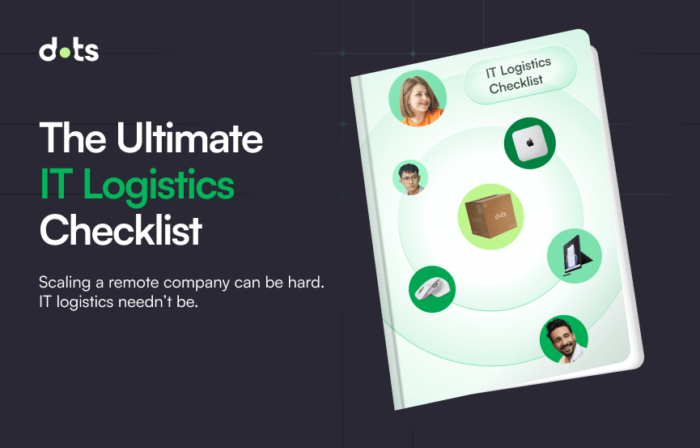More and more companies are embracing the “distributed teams” model, whether fully or partially, as the modern workplace rapidly evolves. As a result, the need for efficient remote onboarding has never been greater. Businesses must balance automation and personalization if they want to create a seamless experience for new hires.
With that in mind, a well-structured approach can ensure employees feel engaged, supported, and equipped with the necessary tools. Before diving into that, let’s take a look at some key pointers for proper remote onboarding in today’s work environment.
Why Remote Onboarding Needs to Evolve
The needs of remote teams can’t be met solely by traditional onboarding methods, such as sending a welcome email and a PDF handbook. New hires need a structured yet flexible process that provides essential information, facilitates smooth IT hardware management, and offers personalized touchpoints to make them feel valued.
We can definitely see that in 2025, the majority of firms seem to prioritize remote onboarding strategies that blend automation with human interaction. The goal is to ensure efficiency with personalized elements, aiming to help employees feel more connected with company culture.
Some Key Aspects That Can Benefit from Automation
- IT Asset Deployment and Management: One of the biggest challenges in onboarding remote employees is ensuring they have the right equipment. By automating IT asset management, you can seamlessly provide laptops, software licenses and security credentials, before your employee even punches the clock for the first time. Cloud-based IT asset management platforms like ours are able to track inventory, enable remote device configuration, and ensure compliance with security policies.
- Self-Guided Training Modules: Automated learning management systems (LMS) have the potential to provide your new hires with structured training paths, tailored to their specific tasks. Pre-recorded video tutorials, interactive guides, and real-time progress tracking (to name a few) make it easy for them to complete the onboarding process at their own pace, while allowing you to shift your attention elsewhere. Furthermore, AI-powered chatbots can assist with FAQs, and are getting more and more accurate as we speak.
- Task Automation and Workflow Integration: Now, you can streamline remote onboarding simply by integrating the HR and IT systems you work with. For example, automated workflows can trigger IT setup requests, schedule introductory meetings, and send reminders about critical deadlines – and that’s just off the tip of the tongue.
Adding a Personal Touch
Even though automation plays a crucial role in efficiency nowadays, human connection remains essential for healthy employee engagement and retention. As a result, you will need to incorporate personalized elements when onboarding remote employees so that they feel valued and supported. Here are just a few things that you can do to check that box:
- Virtual Welcome Sessions: Live video calls with other team members, as well as managers and executives, can help new hires genuinely feel part of the workplace. They foster a sense of belonging and create networking opportunities.
- Mentorship and Buddy Programs: A mentor or onboarding buddy assigned to each new employee is, by definition, a go-to person for questions which naturally arise. This is a personalized support system that is helpful for stronger team relationships.
- Customized Onboarding Plans: Since not every new employee has the same needs, you will be required to tailor the onboarding program based on factors such as designated role, experience level of the new hire, and learning preferences of the organization. In other words, some employees might need in-depth technical training, while others will do better off with communication-focused sessions. It is best to have a plan for a few different cases.
The Future of Onboarding: AI and Predictive Analytics
Looking ahead, AI-driven insights will most likely play a crucial and, if you ask us, positive role in refining remote onboarding. Want a couple of examples? Sure. Predictive analytics can identify engagement patterns, highlight areas where employees may struggle, and suggest improvements. AI-powered onboarding platforms, on the other hand, will deliver real-time feedback and adapt training programs, based on an employee’s progress.
Want to transform the way you onboard remote employees? We’re here for you. We’ll set you up for free so you’ll never have another IT onboarding mess again.





